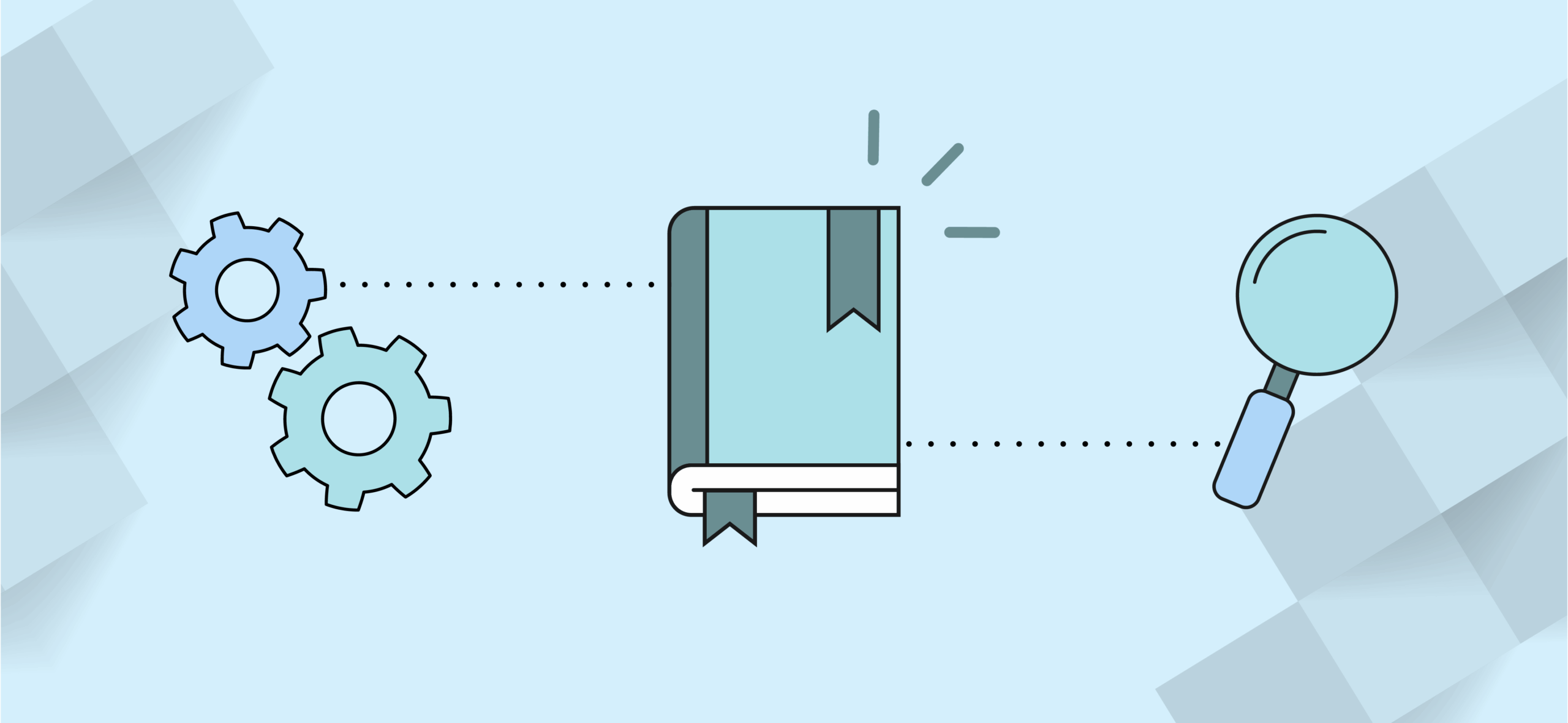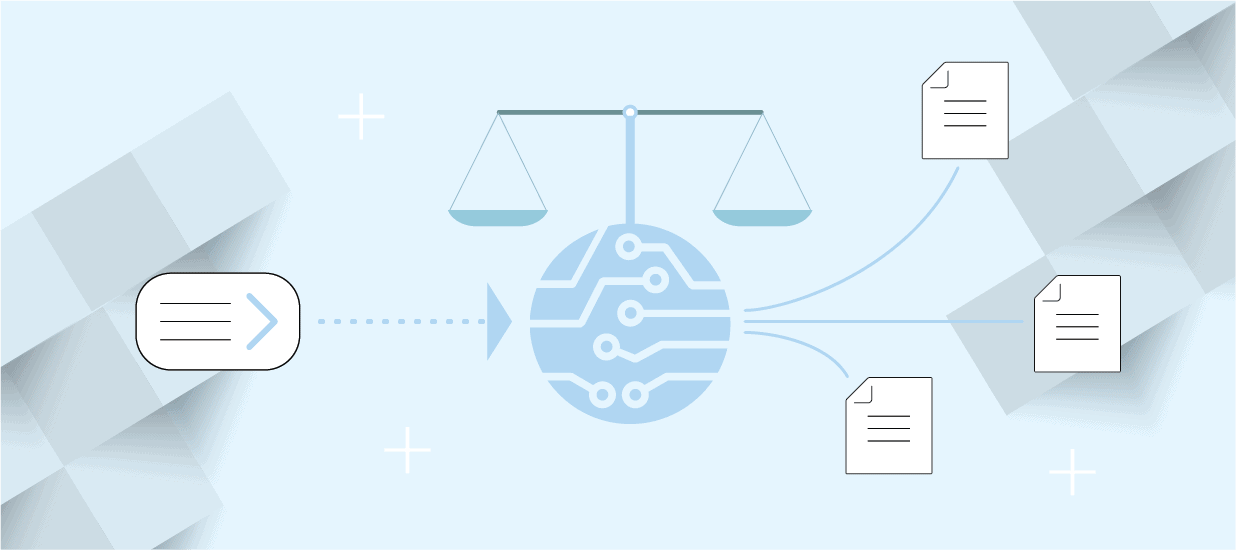5-minute read
Market listening is an essential component of any customer visit. This article outlines 6 tips to help you uncover deep insights from your market.
How do you ensure that you are really listening to the market during a customer visit, not just going through the motions of market research? Actively listening, digging in with follow-up questions, and diligently documenting and sharing your findings are essential for moving from perfunctory research to empathetic, detailed market listening.
Read on for 6 tried-and-true tips for effectively listening to the market, or explore the tip that most interests you:
- Importance of Market Listening
- Tip #1: Ask Open-Ended Questions
- Tip #2: Ask Follow-Up Questions
- Tip #3: Rephrase Answers to Clarify Understanding
- Tip #4: Never Be Closing
- Tip #5: Document Your Customer Visit
- Tip #6: Share Your Findings
Importance of Market Listening
Picture this: you’ve decided to listen to the market to understand better what customers need from your products. You coordinate a customer visit, diligently line up appointments, and get that scarce time slot on a user’s or critical decision-maker’s calendar.
What you do during your customer visit is critical because the insights you gather can inform your business strategy and product roadmap. Do you fall silent and let your market do the talking? Should you immediately start probing for pain points? Do you start recommending solutions that just happen to align with your distinctive competencies? Authentically listening to the market during a customer visit takes a deceptively challenging combination of listening and learning. It’s part art and part science, but effective market listening means the difference between acquiring surface-level insights and digging deep into what makes your market tick.
Here are 6 effective guidelines to help any professional listen to the market.
Market Listening Tip #1: Ask Open-Ended Questions
Starting your questions with “how” or “what” is a simple rule of thumb that usually results in more involved answers. Conversely, starting a question with “is,” “any,” “can,” “do,” or “will” almost always results in closed-ended questions that produce either a yes/no or a single-word factual answer. Don’t believe it? Take 5 minutes, brainstorm a series of questions using both sets of words, and see what you come up with. Sales professionals use closed-ended questions to enhance pain points and move prospects or customers toward their solution, but sales are not the goal when you are listening to the market.
Here are some example questions to get an interviewee to open up:
- What are your biggest worries?
- How can you explain these recent {adverse events}?
- What patterns are you noticing with your {problems}?
- What are your biggest competitive fears?
- How are your users reacting to your latest {event}?
- What are others saying?
- How are you going to address your {challenges or goals}?
Asking questions like these allows you to listen to and learn from the market. Being extra disciplined in sticking to the “how/what” rule helps those new to listening to the market further develop those skills.
Tip #2: Ask Follow-Up Questions
Ask follow-up questions to engage the conversation and explore answers in greater depth, ensuring you continue to follow rule #1. Keep your follow-up questions short. Your primary role is to listen, not talk. Short and simple questions are the most powerful. Examples include:
- What else?
- What more can you tell me about {blank}?
- What would it look like if you solved {blank}?
- What would it mean to your organization if you solved/didn’t solve {blank}?
- How would you feel if {blank}?
- What else?
“What else” was listed twice. That’s not a typo. It’s a great follow-up question to get people to talk. You’ll be surprised how often you can ask, “What else?” to get rich, detailed answers. Furthermore, don’t hesitate to tap into emotions with “feeling” questions. Even highly analytical people, from enterprise software professionals to financial product professionals, can be sensitive to the challenges they face. Connections are built when emotions are expressed.
Tip #3: Rephrase Answers to Clarify Understanding
Rephrasing can also be a useful technique for engaged market listening. Rephrase what the interviewee says to clarify or drill down for greater depth. It keeps the focus on their challenges and away from your product’s features, benefits, and competencies. Rephrasing also keeps the discussion nonjudgmental about the interviewee’s issues, putting them at ease to be as transparent as possible.
Tip #4: Never Be Closing
Some sales professionals strive to “always be closing” (ABC). Sales representatives must be focused on getting a deal, be they consultative sales professionals or transaction-oriented hunters. That’s OK; it’s their job. But listening to the market means never aiming for a deal, and market professionals should adhere to “never be closing” (NBC). Focusing on the deal can pollute the authentic listening process and risk your credibility with the interviewee.
We should also resist the temptation to “jump to the solution” that the product provides when it fits with an interviewee’s problem. This may be particularly challenging for those closest to the product developers. There will be an understandable temptation to tout your distinctive competencies. Again, when you are listening to the market, your job is not to provide solutions; it’s to explore and listen for market problems, aspirations, and knowledge. What do you do when you meet someone practically begging for your solution? In these cases, politely acknowledge their interest and give their contact information to your sales team so they can focus on their job just as you focus on yours.
Tip #5: Document Your Customer Visit
To the extent that your successful market visits produce “deliverables,” nothing is more tangible than what gets documented. Documenting is key for disseminating information and amplifying your volume as the “voice of the market” within your own organization. Categorize participants based on where they fall in a variety of categories. These might include:
- Where are they on the spectrum of technical to non-technical?
- Are they primarily driven by problems or aspirations?
- Are the main customers they serve internal or external?
- What is their short-term budget status vs. long-term strategy and financial position? Are they more attuned to one of those drivers than another?
Document patterns you see across market visits and the various parameters. What similarities do you see between industries, company size, or other factors?
Tip #6: Share Your Findings
Finally, you need a mechanism for disseminating your documented information to constituents within your company. Include sales, executives, engineering, client services, and marketing communications as target recipients for your documented deliverables. Be sure to provide high-level summaries for all to read (2-3 minutes or less) and more details for those interested. To paraphrase a common saying: If nobody ever sees documentation of your market visit, did it really happen?
Ultimately, market listening helps you achieve a deeper understanding of your market. Dedicating the time and effort to probe for meaningful insights and taking the time to learn from them can elevate your customer visits.
Author
-

Anjon Roy, a technology and business development leader with 22 years of experience, has successfully driven growth at organizations like Gartner, Sapient, and Hyperledger. His expertise lies in revenue growth, team leadership, public speaking, and building strategic relationships. For questions or inquiries, please contact [email protected].
View all posts







